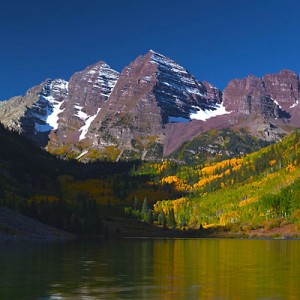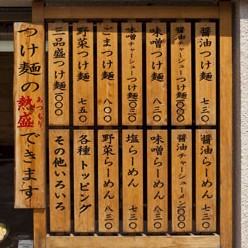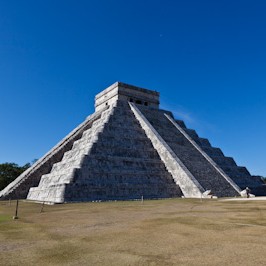2011.12.30When I got up on the next day morning at 6:30am, we were stilling sailing through the Antarctic Sound.
There were many icebergs in this region but not extremely huge in size. Penguins stood on top of the flat ice and jumped out of the sea from time to time.
Our first landing would take place at Paulet Island. It has a very large Adélie penguin colony, 100,000 pairs, living on the island. As we were close to the island, we got our first scent of the massive Adelie colony. They smelled awful! When the ship finally stopped and we had a clearer view of the island, I couldn’t believe my eyes. Paulet Island is a young volcano. I thought I saw the the rocky surface from afar. However, they were not rocks – they are penguins, stretching from the beach to 100 meter up to the hill and covers almost entire volcanic cone.
This was our first landing. At 8am, everyone dressed up and couldn’t wait to get on to the zodiacs. The first boat departed with just guides. After they located the best landing site, they gave the green light to the rest of zodiacs to go. Every zodiac can carry 10 passengers each time. With 3 zodiacs in use, it took less than 15 minutes to take all our 60 passengers to the beach.
Once on the island, we were surrounded by Adelie penguins. The beach was quite busy, as penguins coming and going from the sea. Adélie penguins can be recognized by the white ring surrounding their eyes. With the black back and white belly, they fit the best to the image that people think of penguins, like wearing the tuxedo.
Many penguins had their baby chicks, carefully guarded under the parent’s belly. Most of them had two chicks, sometimes there was only one with another egg unhatched. The guide told us, for many of them, only one chick could eventually survive because the parents couldn’t feed both of them in the harsh weather condition. The chicks’ feather are in gray color. They have to grow fast in the short summer. When they are in the nest with the parent, all they do is to ask for more food constantly.
On the path to the inner island, there was a ruin of a stone hut. The hut was built in February of 1903 by survivors of the Swedish South Polar Expedition led by Otto Nordenskjöld. Past the hut, we saw a little lake. Some penguins slide on the ice cap. This is an easier and faster way for them to move around. We walked around the penguin colony. Their poops were everywhere, especially around their nests. The fish eating penguins leave behind white guano, while those eating krill excrete pink quano. Most of the ground were covered in pink to red color.
Like all penguins, the Adélie is highly social, they often go out to the sea in groups. They are also very aggressive, when other penguins try to steal stones from their nest, fights often arise.
We returned to the ship at 11am. Across the Antarctic Sound, at 2pm, we arrived at Brown Bluff. The name comes from brown volcanic rocks and steep slopes of the island. Located on the east coast of Tabarin Peninsula, Brown Bluff was our first continental landing. We would step onto the real Antarctica.
The island is colonized by both Gentoo and Adélie penguins. Once we were on the beach, we immediately saw several Gentoo penguins with their chicks nested around some rocks. Gentoo penguins are easy to recognize for the red beak and white strip on top of the head. Some of chicks were already 3 to 4 weeks old, some were still quite young. They were fat and lively, just like Adélie chicks, kept asking for more food.
Walked further down the beach, we reached the border of Adélie penguin colony. They too had many chicks, some of them were big enough and had their own down jacket so that they no longer need to be taken care by their parents. Instead, they gathered in crèches (day care) and only need to be guarded by a few adult penguins.
It’s snowy and foggy, the worst weather we had in Antarctica. Soon, the wind picked up. It’s katabatics, or fall winds, formed by the cold air from the inland and accelerating as it drops from the high elevation to the coast. We were asked to return to the landing zone and hang on tight while on the zodiacs.
The sea became choppy. We left Brown Bluff and sailed back through the Antarctic Sound. This time, we saw many huge icebergs in tabular form. Some of them were 50-meter high and 1000-meter long. During the dinner, our guide recapped today’s activities. Jolande also told the story of Nordenskjöld and captain Larsen‘s expedition around the region that we visited today.























